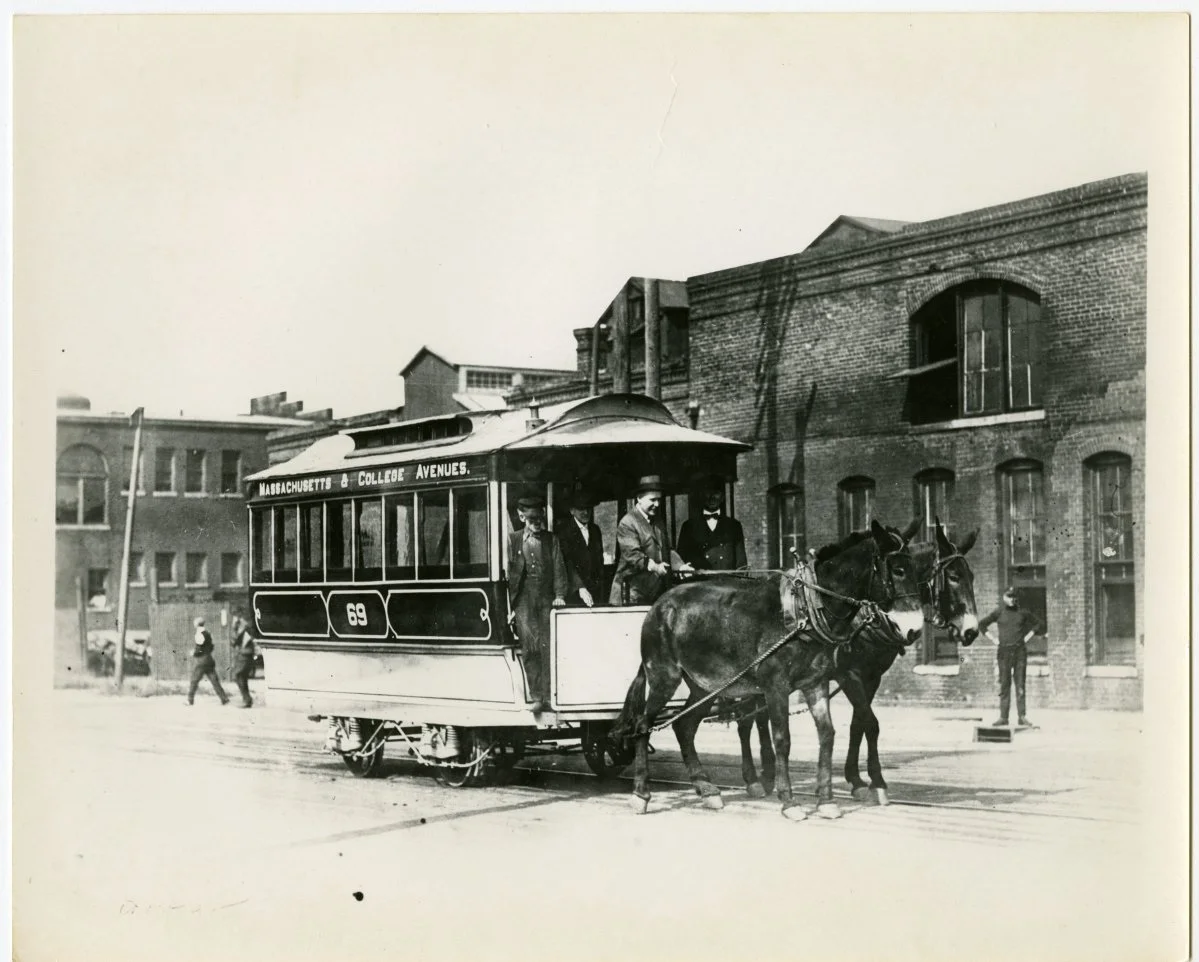From president Austin Mace and the Board of Directors. 2019 was a banner year for the Hoosier Heartland Trolley Company, with a number of projects starting throughout the organization and taking shape. As year-end approaches, please consider a tax-deductible donation to our Electrify 429 campaign or general fund.
From the President's Desk: Year One in Review
It’s hard to believe that already one year has gone by since the founding of our organization. As a quick introduction, my name is Austin Mace and I am the current president of the Hoosier Heartland Trolley Company (HHTC). I wanted to take this opportunity to highlight what we’ve accomplished in the past 365 days, where we’re going next and how we got here in the first place.
Nonprofit announces capital campaign to revive one of Indiana’s world-famous interurban railcars
As of 4:29 p.m. on 4/29/2019, a group of young preservationists are pleased to announce the Electrify 429 capital campaign. Electrify 429 is a project of the Hoosier Heartland Trolley Co. to restore Indiana Union Traction Company No. 429 to operation – one of the last remaining interurbans from Indiana’s world-famous electric railroad system of the early 20th century.
Bracing for the future – creation of the Indiana Railroad
Before the traditional steam railroads came along, there were two options for transportation: horse or by foot. The advent of railroads made travel between towns convenient for the first time in Indiana’s history. This level of convenience was increased even further by the services of the interurban railroads. The interurbans wouldn’t only stop in town but could pick up additional passengers at almost any crossing.
-This level of convenience, however, came at a cost to the interurbans.
Electrifying Indianapolis’ Streetcar System for the 20th Century
Electricity – the invention that defined the beginning of the 20th century. Indianapolis’ streetcar system adopted the technology in the 1890s – ushering in the new century with it. Beginning in 1864, transportation in Indianapolis was provided by horse or mule-drawn carriages on rails through the street. By 1890, Citizens Street Railroad Company, the dominant streetcar company in the city, was operating 260 cars with some 1100 horses and mules. The inefficiency ultimately proved to be problematic for the City of Indianapolis.
Sparking Innovation – Electrifying Indiana’s First Traffic Light
Leslie Haines was born in 1883 in rural Hamilton County, Ind. at Carmel, which numbered less than 400 residents at the time. Following his dream, Haines enlisted in 1906 and circumnavigated the globe in Roosevelt’s Great White Fleet, training under Dr. Lee DeForest, a leader in the development of wireless technology. Meanwhile, the Union Traction Company of Indiana had set up shop in Carmel, allowing Carmel residents and storeowners to tap into a valuable new asset: electricity.
Sparking a Calling: Our Story
At this point-in-time, our team rolled up our sleeves and entered the scene in crisis mode as part of a serious effort to acquire as many of the remaining electric railway cars as possible. Although beaten and battered, these cars were the last glimpses into an industry that built Indiana into what it is today - a cultural phenomenon that employed thousands, moved millions, and opened Indiana up to economic possibilities never before seen nor contemplated.







